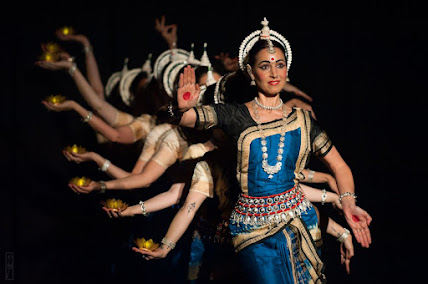The Fiery Dance of Passion and Power!

The Heartbeat of Maharashtra Did you know that Lavani has a deep connection with Maharashtra’s history? Originating in the 18th century during the Peshwa rule, it was initially performed to boost the morale of soldiers! Over time, it evolved into a cultural gem, gracing royal courts and village festivals alike. Today, Lavani continues to thrive in modern entertainment, often making appearances in Bollywood and Marathi cinema. What’s even more fascinating? Lavani is not just about entertainment—it’s a powerful medium of social commentary! Many Lavani performances address themes of love, politics, and female empowerment, making it much more than just a dance. It’s a voice, a statement, a revolution in rhythm! Despite its grandeur, Lavani has also faced criticism and misconceptions. Some label it as too bold, too provocative. But isn’t art meant to challenge norms and express emotions freely? Lavani, at its core, is about confidence, self-expression, and breaking societal barr...

